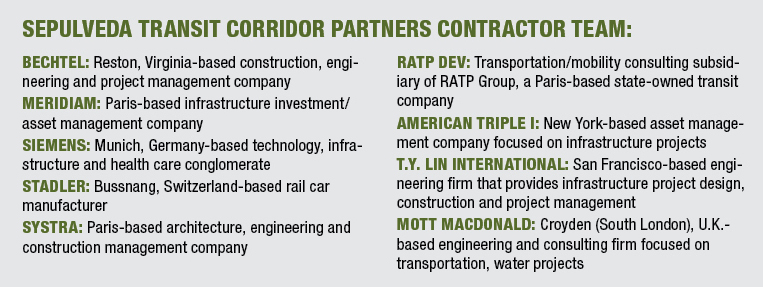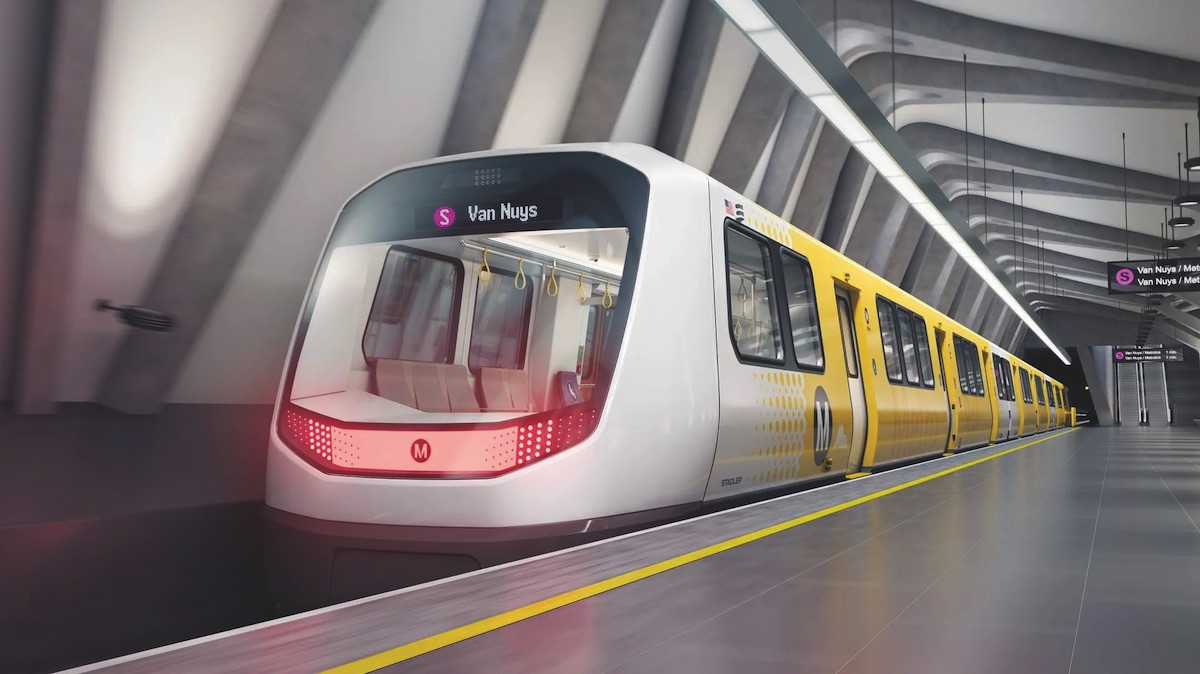This article has been revised and corrected from the original version.
One small Valencia company is tackling a global pharmaceutical problem.
Nusano Inc., a Valencia-based physics firm, announced in October it raised $115 million in series C financing. The round was led by the Wasatch Group with further funding from S32, bringing Nusano’s total funding to $217 million.
The fresh funding comes at a time when the Biden Administration works to bolster domestic manufacturing capabilities, including in pharmaceuticals. The BIOSECURE Act, which was introduced to the House of Representatives in January, would prevent pharmaceutical companies in the U.S. from receiving federal funding if they work with China-based contract development and manufacturing organizations.
Nusano is in the business of producing radioisotopes, a key ingredient in many procedures in aerospace, manufacturing, agriculture and medicine. The company was cofounded by Howard Lewin and Glenn Rosenthal in 2016 to solve a domino effect of problems this increasingly in-demand ingredient faced in the pharmaceutical space: radioisotopes were inefficient to make. If they were efficient to make, they were expensive. If they weren’t expensive, the installation base of the reactors was old and unreliable. If it was reliable, the ensuing isotopes could only be used for a couple of doses of a treatment.
Nusano’s core technology is its ion source, which accelerates heavy particles to create radioisotopes at a large scale. These radioisotopes are part of a growing specialty called nuclear medicine, which uses these radioisotopes to diagnose ailments or kill tumors without the side effects caused by washing the body with waves of radiation.
“You now have this focused payload to the tumor, not anywhere else. So, the upshot is a very high success rate and relatively well-tolerated without significant side effects,” Lewin, who also serves as the chief product development officer at Nusano, says. “And that’s the beginning of a tsunami of therapeutic radioisotope applications.”
But radioisotopes are one of the many ingredients that require global cooperation – something the Biden Administration is wary of as tensions with Russia, China and Israel grow.
“It’s not just as simple as we need to make more. It’s that you have some very serious supply chain issues. The current methodologies are often reliant upon starting material which comes from Russia,” Chris Lowe, the chief executive of Nusano, says. “And on a good day, you know, that’s a challenging relationship.”
The BIOSECURE Act, and others like it, would limit global collaboration with countries the U.S. government believes poses a domestic threat. If passed, these pieces of legislation could exacerbate a growing drug shortage problem – patients saw at least 300 drug shortages between the end of 2022 and the beginning of 2024, per the American Society of Health-System Pharmacists.
“While demand is growing significantly, the weakness of our supply chain is inhibiting not just novel drug development, but it’s inhibiting the lives of patients,” Lowe says.
Enter the Santa Clarita Valley. The region, known for swathes of open land nestled between dense mountains, has emerged in the last two decades as a national biotech hub. Pharma giant Amgen, based in Thousand Oaks, and biotech-focused venture firm Westlake Village BioPartners, have helped shape the region into a large biomanufacturing hub that coalesces around a network of universities and community colleges.
“We need to do what we do in Los Angeles, which is create, be diverse, reflect ourselves, push boundaries. And for whatever reason, when it comes to biotech and life sciences, we don’t,” says Stephanie Hsieh, the chief executive of BioscienceLA. “We aspire to a model that’s already out there when we don’t look like any of those other models. We’re bigger, we have more geographic spread, we have a very different population.”
According to a white paper by the National Institute for Pharmaceutical Technology and Education, the U.S. will have to educate and train more people in order for the U.S. to meet the domestic demand of pharmaceuticals without contributing to existing shortages.
“We need those workers here. It’s not even about bringing them back. They’re here… Biomanufacturing is here and we’re at the forefront of it,” Hsieh says.
Indeed, the geographic nature of the greater Los Angeles region has allowed the area to bask in the spoils of biotech innovation. According to Biocom California, the Los Angeles area (which includes Los Angeles, San Bernardino and Ventura counties) netted $66.9 billion in total economic output in 2023. That puts the region just behind the Bay Area and ahead of San Diego. It also has more life science establishments than the Bay Area, San Diego and Orange County.
There are two approved drugs to treat different kinds of tumors: one that treats gastrointestinal neuroendocrine tumors, and the other, Pluvicto, to treat advanced metastatic prostate cancer. Nusano is not involved in either.
Today, Nusano has decided to press pause on creating its own therapies. Instead, it is focusing on working with developers to create active pharmaceutical ingredients as demand for nuclear medicine grows.
“We’re literally just in the first inning of this generation of new novel therapeutics,” Lowe said. “And the rate limiting factor for it is isotopes.”



